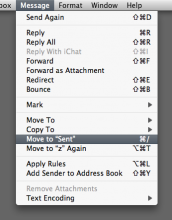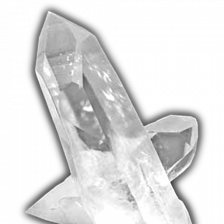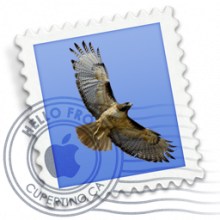Release: Move Message To Sent Folder 1.2

- Works on Snow Leopard (with Mail.app running in either 32bit or 64bit).
- After moving a message, automatically selects the following message (instead of selecting nothing).
Mailbundle attached.
Steve Mokris is a developer at Kosada, Inc.


 From time to time, I get these insatiable urges to read what other Cocoa developers blog about. Sometimes they’re informative, sometimes they’re funny, sometimes they read like college textbooks, and sometimes they’re just downright terrible, but I read them anyway. It comes and goes in waves, every 2 or 3 months. A couple weeks ago, one such binge happened, and I started reading Aaron Hillegass’ critique of
From time to time, I get these insatiable urges to read what other Cocoa developers blog about. Sometimes they’re informative, sometimes they’re funny, sometimes they read like college textbooks, and sometimes they’re just downright terrible, but I read them anyway. It comes and goes in waves, every 2 or 3 months. A couple weeks ago, one such binge happened, and I started reading Aaron Hillegass’ critique of  Apple has been busily working to 64-bit-ify all of the frameworks they plan to continue supporting into the future (Snow Leopard and beyond). However, QuickTime is scheduled for some nice Cocoaification, so it didn’t get much 64-bit love.
Apple has been busily working to 64-bit-ify all of the frameworks they plan to continue supporting into the future (Snow Leopard and beyond). However, QuickTime is scheduled for some nice Cocoaification, so it didn’t get much 64-bit love. 


 It took a few minutes for
It took a few minutes for 
 Last summer
Last summer